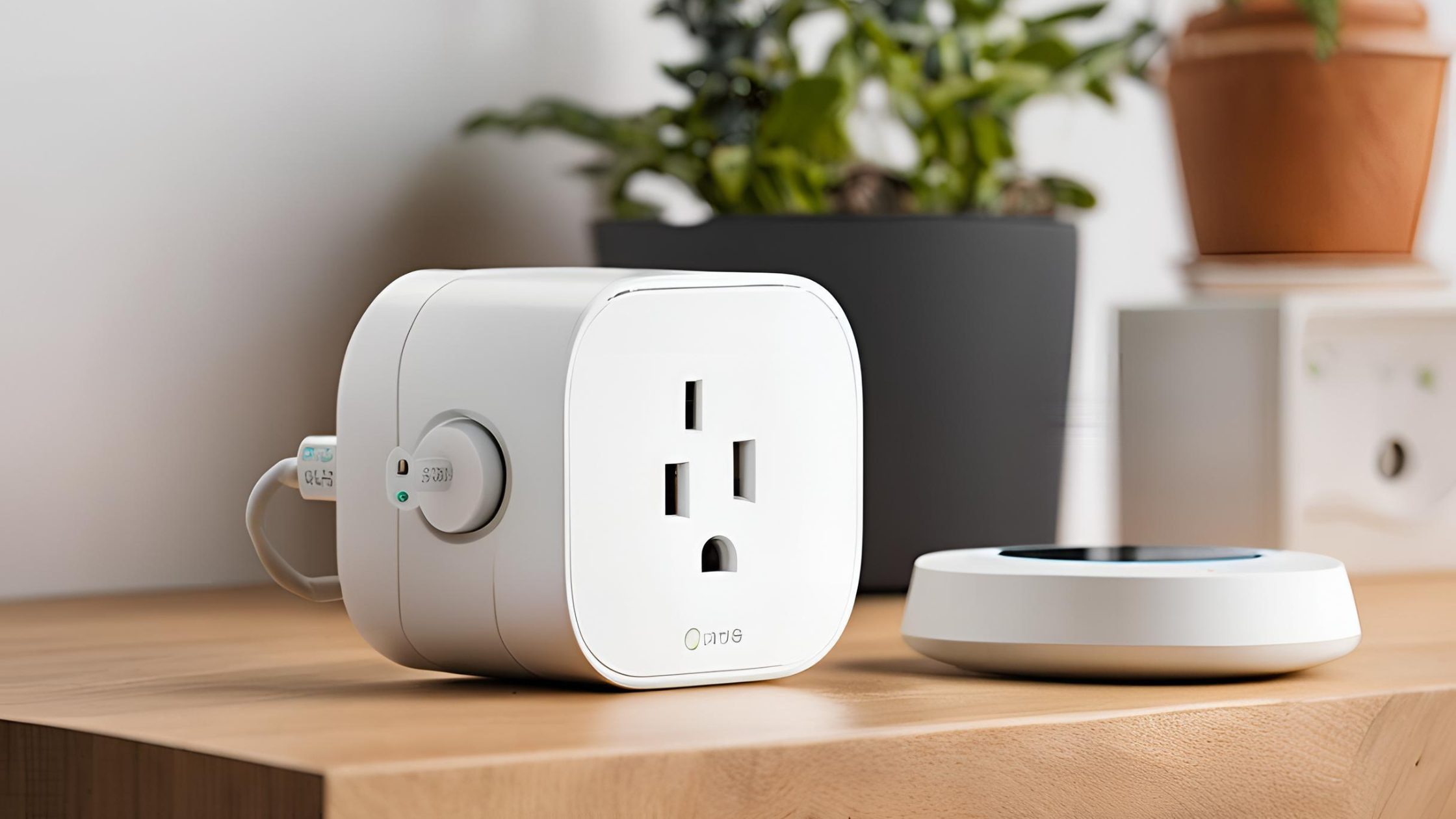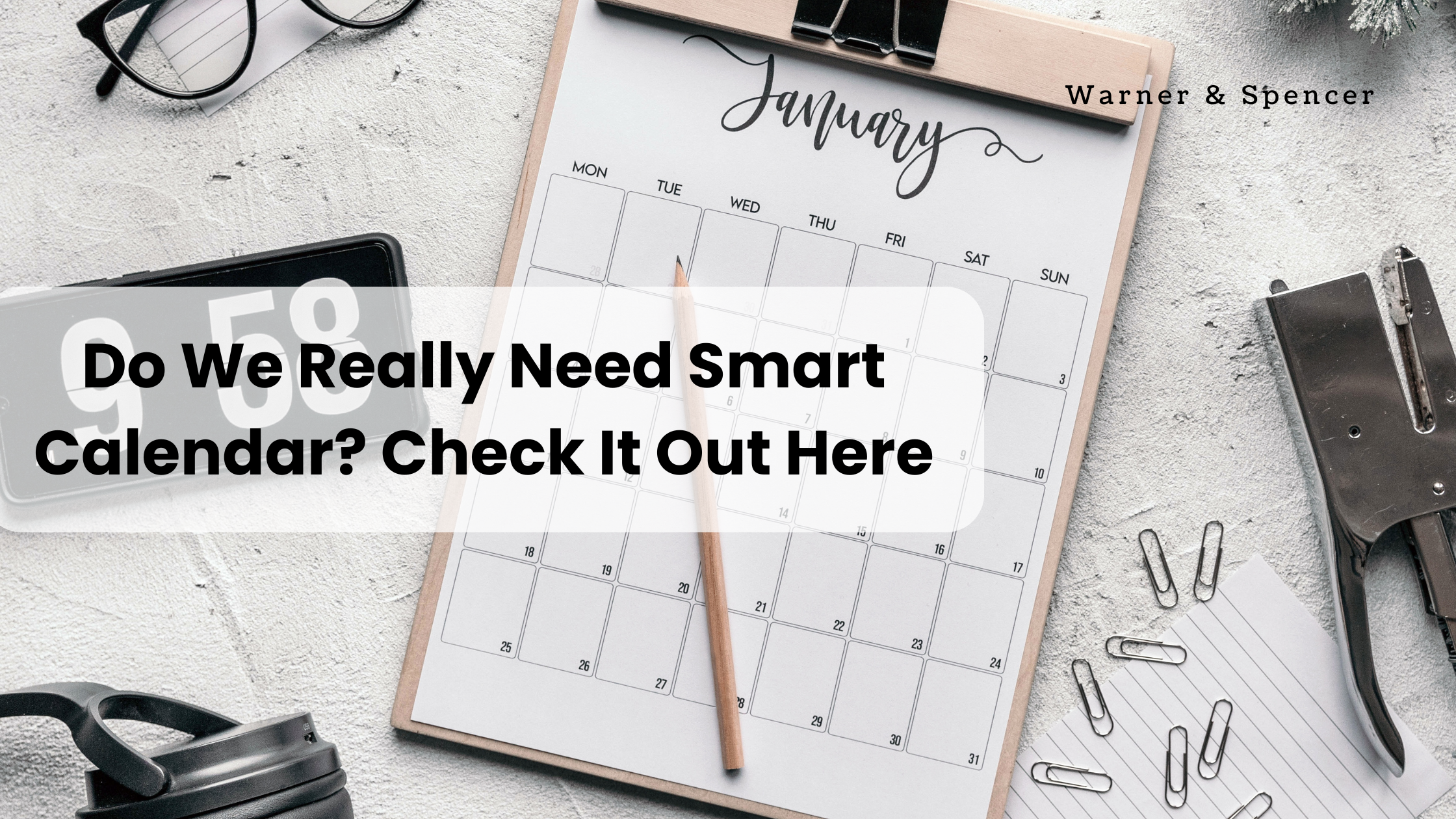
Hello Guys,
So, today’s blogs is all about smart plugs and how energy-monitoring smart plugs can make your home automation more advanced. Lets start then.
Smart plugs may not get the hype, but you can trust me on this, they are a total game changers for your smart homes. They are easy to use, budget-friendly, can and help you for turning your everyday devices into the smart ones in no time. The real magic happens when they comes with the energy monitoring.
When these smart plugs paired with the home assistant, they not only integrate seamlessely but it also gives us the valuable insights for the energy usage and also it can helps us to save money and live more smarter.
So lets get started and explore why these gadgets deserve a spot in your smart home setup.
Why Smart Plugs with Energy Monitoring?
- Track Energy Usage: Know how much power your devices are consuming.
- Save Money: Identify energy-hungry devices and optimize usage.
- Automate Your Home: Integrate with Home Assistant for smarter routines.
- Remote Control: Turn devices on/off from anywhere.
What to Look for in a Smart Plug for Home Assistant
Before we jump into the recommendations, here’s a quick checklist of features to consider:
| Feature | Why It Matters |
| Energy Monitoring | Tracks real-time and historical energy usage. |
| Home Assistant Support | Ensures seamless integration with your existing setup. |
| Wi-Fi Connectivity | No need for extra hubs; works directly with your Wi-Fi network. |
| App Control | Allows remote control and monitoring via smartphone. |
| Scheduling | Set timers or schedules for your devices. |
| Voice Control | Works with Alexa, Google Assistant, or Siri for hands-free control. |
| Compact Design | Doesn’t block adjacent sockets. |
Top Smart Plugs with Energy Monitoring for Home Assistant (EU)
Here’s a breakdown of the best options available in the EU market:
| Smart Plug | Key Features | Price Range | Why It’s Great |
| TP-Link Tapo P110 | Energy monitoring, Wi-Fi, app control, scheduling, voice control. | €15-€20 | Affordable, reliable, and easy to set up. Works well with Home Assistant. |
| Shelly Plug S | Energy monitoring, Wi-Fi, Home Assistant integration, compact design. | €20-€25 | Built with Home Assistant in mind. Local control (no cloud dependency). |
| Meross Smart Plug | Energy monitoring, Wi-Fi, app control, voice control, scheduling. | €20-€25 | Budget-friendly and packed with features. Works with Alexa and Google Assistant. |
| Teckin Smart Plug | Energy monitoring, Wi-Fi, app control, voice control, scheduling. | €15-€20 | Great value for money. Easy to use and integrates well with Home Assistant. |
| Aeotec Smart Plug | Energy monitoring, Z-Wave, Home Assistant integration, compact design. | €40-€50 | Premium option with Z-Wave for better reliability and range. |
Step-by-Step: How to Choose the Right Smart Plug
Define Your Needs
- Do you need basic energy monitoring or advanced features like scheduling?
- How many devices do you want to control?
Check Compatibility
- Ensure the smart plug works with Home Assistant. Look for local control options to avoid cloud dependency.
Consider Your Budget
- Smart plugs range from €15 to €50. Decide how much you’re willing to spend.
Look at Connectivity
- Wi-Fi plugs are easier to set up, while Z-Wave plugs (like Aeotec) offer better reliability and range
Read Reviews
- Check user feedback to ensure the plug is reliable and performs well over time.
Setting Up Smart Plugs with Home Assistant
Install the Plug
- Plug it into a socket and connect it to your Wi-Fi network using the manufacturer’s app.
Integrate with Home Assistant
- Use the plug’s integration (e.g., MQTT, Z-Wave, or a custom component) to add it to Home Assistant.
Create Automations
- Set up routines like turning off devices when energy usage exceeds a certain limit.
Monitor Energy Usage
- Use Home Assistant’s energy dashboard to track consumption and optimize usage.
Why Home Assistant Loves These Plugs
- Local Control: Many of these plugs (like Shelly and Aeotec) work locally, meaning they don’t rely on the cloud. This makes them faster and more reliable.
- Customization: Home Assistant allows you to create advanced automations based on energy data.
- Open-Source Flexibility: You’re not locked into a specific ecosystem, giving you more control over your smart home.
Final Thoughts
So So So, after discussing and comparing the points above, we can honestly say that smart plugs are defenately a game changer for anyone looking to save more energy, automate their home or simply keep tabs on their devices.
But before reaching to any conclusion just go throught the options like TP-LINK TAPO P110, Shelly Plug S, Aeotec smart plug for their features, reliability and ease of integration.
It really dosen’t matter whether you are smart home newbie or expert, these plugs will defenitely take your etup to the next level.


